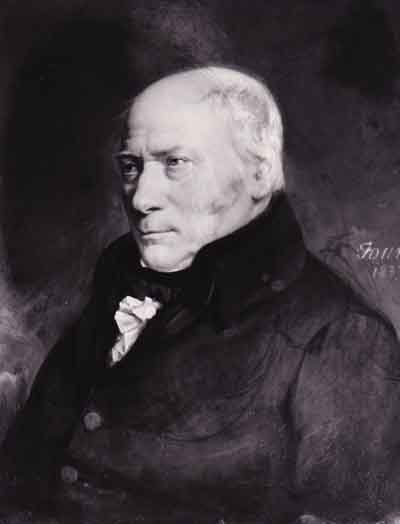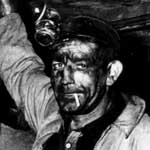William Smith FGS and his work in North Somerset.
Bearing the title ‘The Father of English Geology’, William Smith brought his enquiring mind to the study of rock and fossil formation in the North Somerset Coalfield.
Born in 1769, he first learned land surveying as a young man in Stow-on-the-Wold, a place where he became aware of contrasting rock formation with that of his native Oxfordshire.

Moving to Somerset in 1791, initially lodging at Rugborn House near High Littleton. he was employed both as a land surveyor and civil engineer. On descending into some of the pits, he was increasingly aware of the regular sequences of rock strata and the position of coal seams in relation to them, learning much from the local coal miners. In this, he added to the descriptions given by John Strachey of Sutton Court in 1721.
In 1793 he was asked to take levels for the construction of a canal to link the local mines with the Kennet & Avon and was subsequently engaged by the Somerset Coal Canal Society as engineer and surveyor for the construction of that canal.
He collected fossil specimens, making detailed drawings of the strata associated with the coal measures. In the course of time, he became acquainted with the geological stratification in a wider area around Bath, and was encouraged by a local clergyman with interests in geology to make a map of his findings in 1799.
His employment with the Somerset Coal Canal Company came to an end in 1799 when he was suddenly dismissed, the reasons for which are unclear.
Locally Smith is closely associated with Rugborn House at High Littleton, which he later referred to as ‘The Birthplace of English Geology’, and the Swan Inn at Dunkerton. A plaque at the former commemorates his seminal contributions to the subject of geology, able to accurately relate fossils to particular rock strata.
Eventually leaving the district, he interpreted strata as far north as Newcastle, linking rock formation from one county to another. Over succeeding years, he published geological maps of many counties, earning him the name ‘Strata Smith.’
He died at Northampton at the age of 70 in 1840, having been elected a Fellow of the Geological Society.
The Radstock Museum acknowledges his importance as a man with an enquiring mind, and one who helped to make the North Somerset Coalfield better known in scientific circles.
